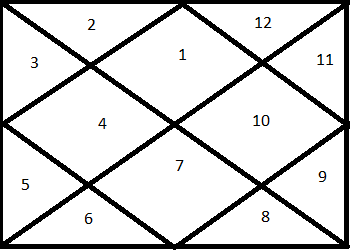Why Purohit or Priest is not required to perform a Yadnya?
The Vedas have always been presenting
a deeper meaning to every term or action and mostly people fail to understand deeper
meaning of the Vedas. We have been regularly understanding deeper meaning of
many such terms through our blog and books. I could not author a post for a
while due to focus on Untold
Nakshathta Jyotish. All the while I have been thinking about various fundamental
concepts from the Vedas. Untold
Nakshathta Jyotish has many such concepts.
Today I plan to explain the concept of Yadnya. Traditionally
when we refer to Yadnya we think of a Yadnya Kunda or a holy pit with fire and Purohits
offering some grains in the holy fire. This is a perfect practice and can be
performed occasionally.
The Vedas also suggest Pancha-Maha-Yadnya or 5 key sacrifices
and this practice is supposed to be performed every day.
The practice is as below. Everyone
shall perform following Yadnyas every day.
1.Brahma Yadnya
Brahma means the universal energy. This Practice is to be performed to
understand Brahma and our relation to the Brahma.
This practice includes studying scriptures for the purpose of understanding
Brahma. This may include studying Vedas and other scriptures, meditation and other
practices.
2.Deva Yadnya
As you might know, Div means light as Deva means the one with light. Deva
Yadnya means offerings to the light. This daily practice is called Agnihotra. Light
and fire has immense importance in Vedic culture. I shall author a separate
post on fire and light to explain the focus of Vedas on fire and light.
3.Pitru Yadnya
Pitara means ancestors. Paying homage to ancestors for their contribution
in our life and the ecosystem is the purpose of Pitru Yadnya.
Pitru Yadnya is performed in many different ways. The simplest way is to
offer rice to a crow and sugar to ants because they are messengers of the
ancestors.
Performing Yearly Shraddhas and occasional Tarpan are also ways of Pitru
Yadnya.
4.Bhoota Yadnya
This is also called Vaishwadeva. This is an offering to universal god in
the form of living beings. To perform this Yadnya, food is offered to animals.
Some people offer food to cows as we take cow milk. Some people also offer
food to dogs.
Interestingly, Vaishwadeva combines 3 Yadnyas. During Vaishwadeva rice is offered
to a crow as a part of Pitru Yadnya, rice is also offered to fire as a part of
deva Yadnya and rice is even offered to a cow as a part of Bhoota Yadnya.
5.Atithi Yadnya
Atithi means uninvited guest who joins for very less time. Atithi Yadnya is
performed by offering food to the guest.
People who follow
Agnihotra and Vaishwadeva complete 4 out of 5 Panchamahayadnyas every day as a
practice.
I explained Panchamahayadnyas
for a different reason. I want to tell you that all the 5 Maha Yadnyas don’t
need any Brahmin or Priest because they are simple daily procedures. If you
follow these 5 Maha Yadnyas every day you don’t need a Brahmin for Yadnya.
This covers another aspect of Vedic
culture. Even though Vedic culture has procedural aspect, it even has stronger
social and environmental aspect. And even though it suggests rituals it strongly
suggests actions for the benefit of society and environment.






Interesting, great article!
ReplyDeleteThank you.
DeleteNice!
ReplyDelete